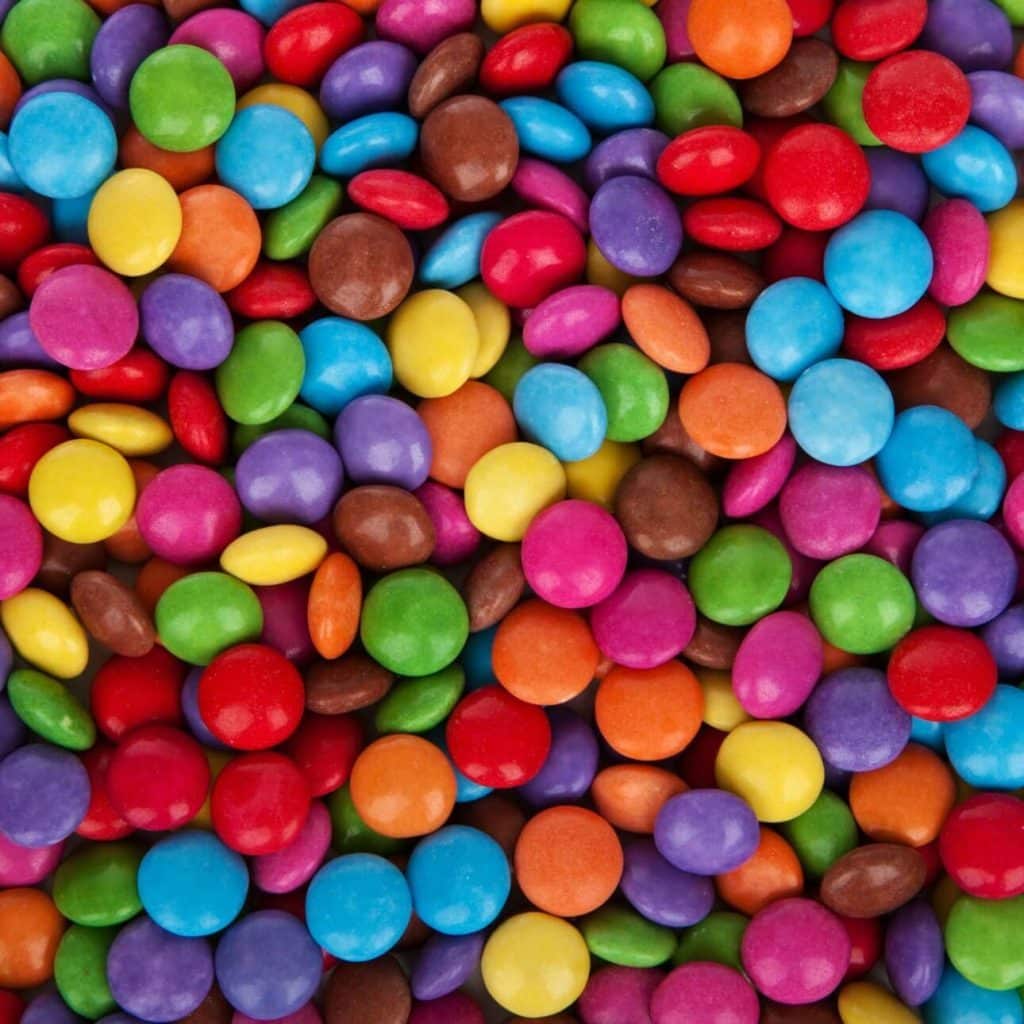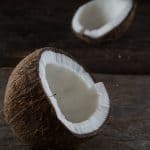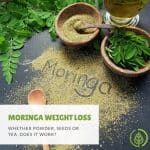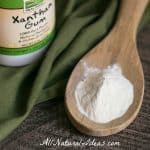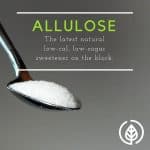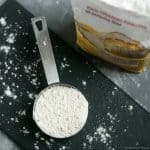Red dye #40 is one of the most common artificial food coloring agents. Are you curious whether it’s safe or not? And what are the Red 40 side effects? Discover what the research has to say.
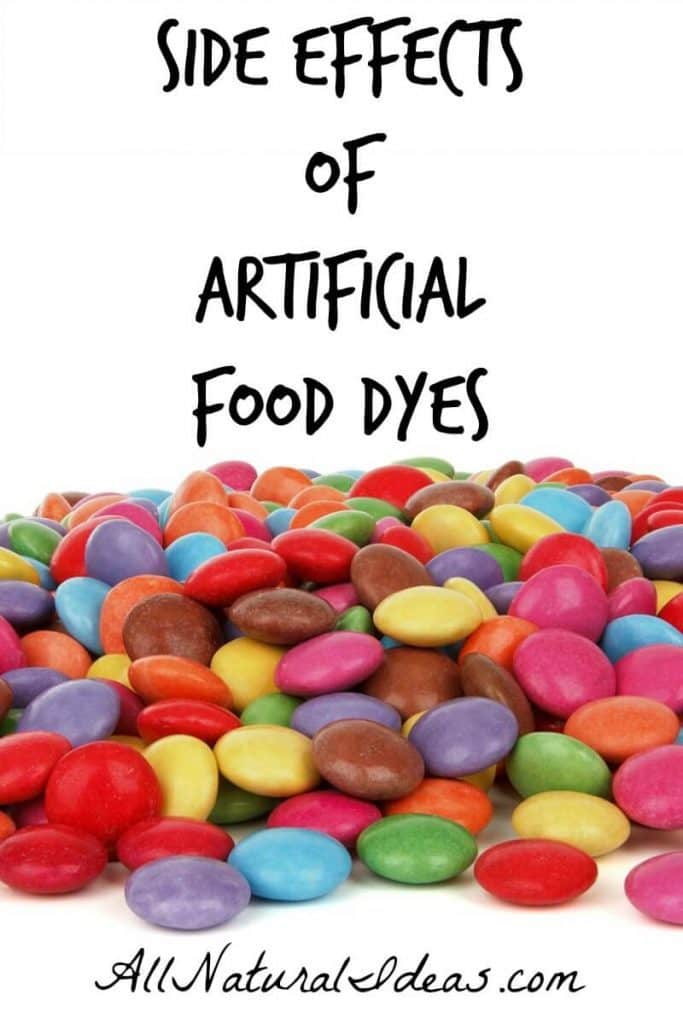
Red dye #40 (or just red dye 40, aka allura red) is banned in the European Union. But it’s still legal in the U.S.
That ought to give away the short answer to the question if it’s safe.
Indeed, there seems to be enough evidence that red 40 can cause terrible side effects.
Now, granted, if you eat a few red M&M’s once in a blue moon, you likely have nothing to worry about.
But here’s the problem with this synthetic food coloring….
It might seem obvious that red M&M’s contain it. However, there are lots of foods as well as medicines that have it. And oftentimes, you wouldn’t realize it unless you diligently read the ingredient label.
What is Red Dye made out of?
Take your pick: bugs or petroleum byproducts.
Sounds appetizing, no? Well, if learning where this U.S. FDA-approved food coloring comes from makes you a bit squeamish, perhaps you’ll start really watching what you eat.
If you want a more natural red coloring, bugs it is.
But if not, check ingredient labels for carmine, carminic acid or cochineal extract. These three are the same thing: a bug called a cochineal.
How is a bug turned into food coloring? Not that you asked, but if you want the creepy crawly details, here’s how….
Once the bugs are harvested, they work on their tans so to speak. They are sun-dried. Then the bugs are crushed, grounded and placed in alcohol.
Still reading? Planning on quitting red food coloring? Actually, carmine isn’t only in food. Check your beauty products. It could be in your cosmetics, in addition to more obvious items like cake frosting and sprinkles.
Well, as disturbing as using bugs to artificially color something sounds, it could be worse….
Carmine is Red dye #4. Red dye 40 comes from petroleum. More specifically, it comes from coal.
Red Dye 40 In Food (And other products)
Let’s say your child has a bad cold. You might want to give your kid cough syrup. And while the cough syrup might relieve your kid’s cold, you might be better off giving your kid something homeopathic or all natural. That’s because many over-the-counter cough syrups contain red food coloring. And not the more natural kind with bugs. Nope, many over-the-counter medicines contain synthetic petroleum.
And as you’ll see below, red 40 might cause serious side effects.
If you’re concerned about artificial food coloring, again, start reading food labels. There’s a good chance red 40 (also called FD and C Red 40) is in the following items:
- Cereal
- Lemonade
- Cocktail mix
- Snack foods
- Salad Dressing
- Candy
- Fruit Juice
- Yogurt
- Soda
- Jerky
- Cherries
This is just a list of common foods and beverages with red 40. What these foods have in common is they are highly-processed. Organic or 100% all-natural items do not contain red 40.
Unexpected Sources of Red 40
There are other places you’ll find red dye 40 that may surprise you. Some fake butters in butter-flavored popcorn contain it. So do barbecue sauces and lasagna. Many brands of cough drops, gum, mouthwash, and vitamins contain it too.
Unfortunately, many foods and beverages containing red 40 are alluring to children. Even conventionally-grown citrus fruits such as oranges (non-organic) may contain dye. That’s in order to make them look brighter.
If you eat natural foods, avoiding red 40 side effects won’t be a problem. However, very few people are able to stick to a 100% all natural diet.
And with hectic schedules, foods like cereal bars make for a convenient on the go breakfast.
Is Red Dye Bad For You?
The short answer is: probably.
If you’re eating a lot of processed foods, you may experience long-term side effects from consuming synthetic food coloring.
In short, there is solid evidence that links fake food coloring to behavioral problems such as ADHD.
In addition, certain food colorings may cause cancer.
Because of the evidence linking red 40 to side effects, there is growing concern. In fact, the FDA is under pressure to ban it. And other food colorings that are not natural. The Center for Science in the Public Interest (CSPI) sent a letter to the FDA, expressing great concern. You can read it here.
You can also read CSPI’s report, “Food Dyes: A Rainbow of Risks” available online here.
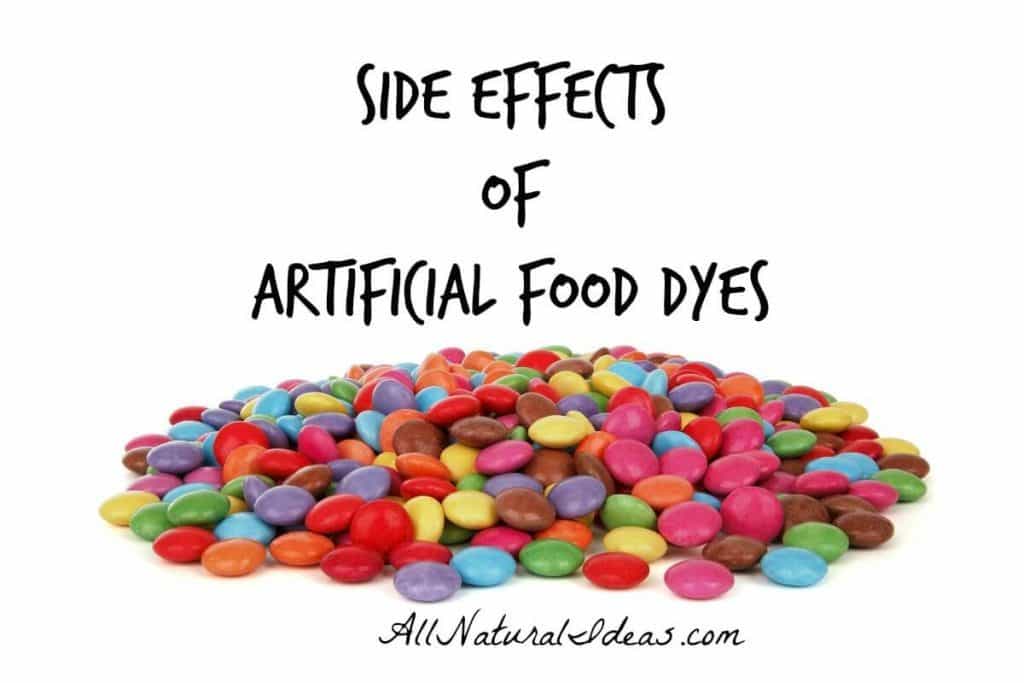
What are artificial food dye side effects?
The CSPI ‘Food Dyes Rainbow Risks’ report states there are nine artificial dyes in the food supply in the USA that are carcinogenic. And these dyes cause hyperactivity and behavior disorders such as ADHD. The CSPI’s report argues that some of the food dyes have not been thoroughly tested to ensure the public’s safety
By far the most common dye is Red 40. According to CSPI, red 40 is the FDA-approved version of Allura Red. Allura Red was first produced by Allied Chemical Corp. The CSPI alleges that red 40 contains a contaminant that may cause cancer. Furthermore, tests reveal a red dye side effect may possibly produce tumors in mice.
Red 40 Side Effects: Radioactive Mice!
Speaking of which, lab animals show significant retention of radioactivity in the guts after consuming red dye 40.
Skeptics of these kinds of studies may counter by saying that the rodents were fed mega quantities of the ingredient.
And not only that, studies on rodents don’t always translate into the same results in humans.
Nonetheless, there is cause for alarm.
Studies show fake food coloring is proven to cause DNA damage (in mice). Specifically in the stomach, lung and colon.
But there are also research studies on humans that reveal a possible bad side effect. One group of study participants with hives and skin swelling were showing no symptoms before consuming red 40. Skin breakouts were visible in about 15% of the participants.
Because of this evidence, the CSPI report says:
“There is evidence, albeit controversial and inconclusive, that Red 40, the most widely used dye, accelerates the appearance of tumors … in mice.”
And though the report authors admit study shortcomings, they nonetheless offer this caution.
“Red 40 should not be used in foods.”
Red dye 40 & Hyperactive Disorders
The rates of hyperactivity disorder continue to soar. They are increasing by three percent every year, on average, since 1997.
One study of red dye #40 concludes it’s contaminated with cancer-causing benzidine. In addition, the same study links red #40 to hyperactivity disorders. A European study links food dyes and sodium benzoate to hyperactivity disorders.
Although it’s not a food dye, sodium benzoate is a preservative. It’s often in foods that have artificial food coloring.
Low-income children typically have higher rates of hyperactivity. Why? Because low-income families cannot afford healthy food. And some low-income families may not be educated about the link between processed foods and behavioral problems. In fact, according to the CDC, children ages 2-5 receiving Medicaid benefits were twice as likely to receive an ADD diagnosis.
Dr. Bernard Weiss is a Professor Emeritus at the University of Rochester, New York. His article, “Vulnerability of children and the developing brain to neurotoxic hazards,” is a must read if you want to know more about food dye.
His article concludes the FDA does not see the link between artificial dyes and hyperactivity in children. This is because FDA claims well-controlled studies do not show evidence of it. However, there have been many publications showing some children respond adversely to food coloring. Dr. Weiss believes the FDA is disregarding these studies.
Meanwhile, here are some other possible side effects of red 40:
- Learning disabilities and lowered IQ
- Antisocial behavior
- Depression
- Anxiety
- Neurotoxicity
Red dye 40 allergy
Some people experience red dye 40 allergy symptoms. Signs of red 40 allergic reaction include skin breakouts. Red 40 can produce eczema or hives. In addition, it can cause digestive upset. And that’s not all. It can boost your heart rate. Or, it could dangerously drop your blood pressure. In more serious cases, red 40 side effects produce fainting and dizziness.
What are other common food dyes?
Besides Red #40, Yellow #5 and Yellow #6 are the most common fake food dyes. The CSPI report says these three dyes comprise 90 percent of all artificial colorings in food. In addition, the report also states that food dye consumption continues to increase. In fact, the rate of increase has been five-fold since the mid-20th century.
This analysis of food dyes says the three dyes above all contain benzidine. Remember, benzidine causes cancer. In 1985, the FDA calculated that ingestion of free benzidine raises the cancer risk to just under the “concern” threshold (1 cancer in 1 million people).
Although one cancer in one million might sound miniscule, the FDA’s review failed to account for bound molecules of benzidine. Bound molecules may increase the cancer risk.
Red 40 lake
If you see “Red dye 40 lake” on a label, what does ‘lake’ mean? It means it’s water soluble. Red 40 without “Lake” is in syrups or liquids. If non-lake dye runs that’s not a problem for the manufacturer. However, for prescription drugs and over-the-counter remedies that’s a different story. In this case, red dye 40 mixes with aluminum hydroxide to produce “lake.” Red 40 lake ensures that the coloring does not bleed off the pill. (‘Red 40 Aluminum Lake’ is another name for red 40 lake.)
Natural food dyes
There are several plant-based food dyes. Many fruits and vegetables have natural coloring. These include pumpkin, carrots, turmeric, beets, strawberries, and blueberries.
Spirulina is another natural food coloring ingredient. As a matter of fact it can replace artificial FD&C Blue #1.
The hazards of artificial food coloring are becoming more well known. Perhaps one day, more companies will voluntarily switch to natural food dyes.
Red 40 Side Effects: Conclusion
Does your child have a hyperactivity disorder? You may see improvements by eliminating all sources of food dyes. Consuming omega-3-rich foods or supplements may also decrease hyperactivity disorder behaviors.
Worried about other food additives and their danger? Check out:
Maltodextrin: Is This Added Sugar Dangerous?
And if you need an alternative to artificial red food dyes, try organic beet powder!
